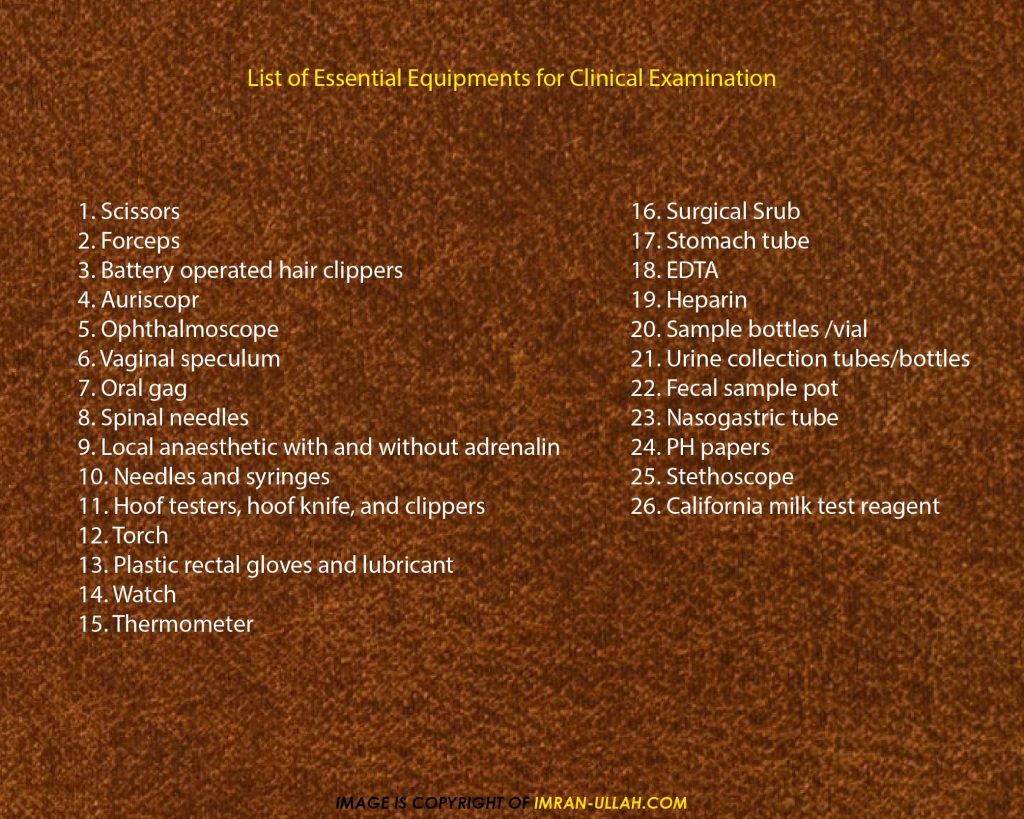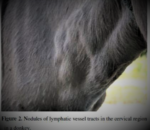Clinical examination is the most important, primary step towards diagnosis. It helps to find out the clinical abnormalities and risk factors that determine the presence of the disease. It helps to find the organ or systems involved, the type of lesions present, and pathological processes occurring in the body of the animal.
Different clinicians or veterinarians have their own ways and preferences to perform clinical examinations. But before this, they all require the assistance of few equipments to proceed further. Here we have mentioned a list of essential equipment for veterinarians, they need to perform physical examination of the animals.
- Scissors
- Forceps
- Battery operated hair clippers
- Sample bottles/vial
- Heparin
- EDTA
- Plain
- Sterile urine collection bottle
- Faecal sample pot
- Rotheras tablets for ketone detection
- Nasogastric tube
- Stomach tube
- Wide range pH papers
- Surgical scrub
- Thermometer (digital or mercury)
- Long stethoscope with a phonoendoscope
- Watch with a second hand
- Torch
- Paddle and Californian milk test reagent
- Plastic rectal gloves and lubricant
- Hoof knife, hoof testers and clippers
- Assorted needles and syringes
- Local anaesthetic with and without adrenalin
- Spinal needles
- Oral gag
- Vaginal speculum
- Ophthalmoscope
- Auriscope



